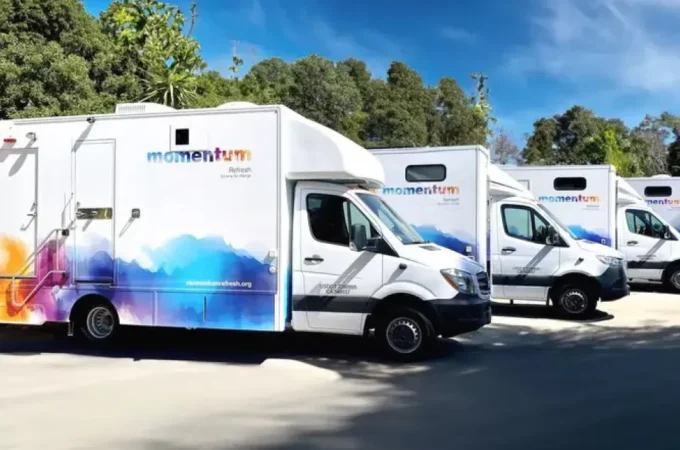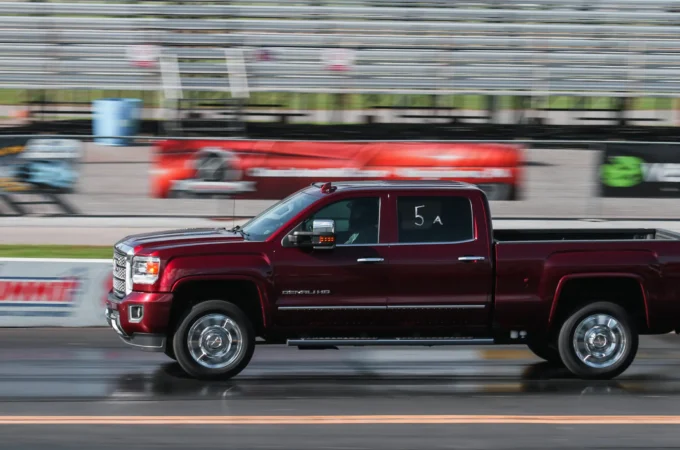
7 Best BMWs of All Time
Over the decades, BMW has created some of the finest automobiles that have made BMW brand a global leader in its field. Let us take a look at seven of the most iconic BMWs of all time.
E30 M3

BMW M3 is arguably one of the biggest hits from the company’s stable. It represents virtually every quality that the company stands for today. When BMW decided to gain a dominant position in Germany’s touring car championships, it gave birth to this stunning model.
The stringent motorsports league regulations required the company to produce a minimum number of road-going versions of their touring racing cars before they could qualify for participation. That led to the E30 generation 3-Series based M3, which was BMW’s answer to its international competitor Mercedes-Benz, whose models had until then been snatching up all the victories in these championships.
Built from 1985 (model year 1986) through 1992, more than 16,000 E30 generation M3s were released on the roads. The car featured the popular “S14 motor” which was a naturally aspirated inline 4-cylinder, ranging in displacement from 2.3L to 2.5L across the car’s evolutionary journey.
E12 M535i
The inaugural generation BMW 5-Series, alternatively called the E12, led to the development of his top-end model, the M535i sedan. The “M” prefix signifies that the car received full treatment from the company’s highly respected Motorsports division. The car featured a detuned version of the inline six-cylinder along with a manual transmission.
The M535i boasted of 210 horsepower and 230 lb-ft of twist, sports tuned steering and suspension, and a bespoke M-Technic BMW body kit. In all, these features became the foundation for another of the revered BMW models, the M5 sedan.
With M535i, BMW proved to the world that it is possible for a pragmatic 4-door sedan to be a sports car as well. The first generation M535i E12 and its second generation E28 could never make it to the North American market. It eventually arrived here in the avatar of M5 in 1985, packed with even greater performance, which led to the end of the M535i model.
BMW 2002

In the 1950s, after the restructuring of BMW, the company focused on creating a solid car for the 1960s, which could generate finances for the company and sell in large numbers. Part of its “New Class” era of cars, the 2002 was the smallest in the group.
It was based on a shortened platform, but because of its superlative handling, the 2002 brought international fame to BMW as a producer and automaker of world-class sports sedans. As the company had hoped for, the 2002 emerged as BMW’s biggest selling model of that era. It also gets credit for paving the way to another one of the company’s most iconic models, the 3-Series. More information about these can be found via BMW enthusiast page.
BMW M1
The M1 is considered as one of the most iconic BMW flops. During the peak of motorsports in the mid to late 1970s and 80s, the company made an agreement with Lamborghini to create an all-new mid-engine race and sports car for a new series. This was supposed to be a part of the latest homologation requirements.
Unfortunately, things did not go as expected, resulting in Lamborghini backing out of the project, and leaving BMW alone to fend for itself. With the assistance from a group of former engineers from Lamborghini, BMW managed to complete the project under its Motorsports division.
The company only produced 453 specimens of the vehicle, making one of the rarest BMW vehicles in existence. However, more trouble was in store for the ill-fated model as the league M1 was destined for got canceled. As a result, BMW shifted its attention towards Formula One, and M1 got stopped in its tracks.
M1 drew its power from the legendary BMW 273 HP M88 naturally aspirated inline 6-cylinder with each cylinder having an independent throttle body.
E36 M3
Launched in early 1990s, the E36 BMW M3 had its basis in the third generation 3-Series. Many purists raised issues about the E36 M3’s increased weight and size compared to the original E30, in reality E36 M3 was a rather transitioning phase for the M3 by adding more luxury to the equation.
With E36, BMW managed to establish the M3 as more of a luxury sports coupe and a status icon rather than a road-converted race car. This paved the way for a range of M3s to follow by making the model as much as status and luxury as it was about performance.
For some reason, the US-bound E36 M3s were significantly diluted compared to their European counterparts, with fewer options and less power. Nevertheless, it still offer tremendous performance for that era, even with its 3.2L 240 HP naturally aspirated inline six cylinder (compared to the far more powerful European 282 HP motor).
E31 850CSI

Recognized as another of BMW’s legendary flops, E31 850CSI was introduced as the company’s original 8-Series Coupe. Launched in 1989, the company positioned this car as BMW’s huge push towards technology and innovation. The final outcome as a vehicle nobody had ever experienced before, and it became the stereotypical “far ahead of its time” car.
Even though the car featured a number of firsts, like the CAN BUS computer network for its complete in-vehicle functions and the first-ever V12 production car with a 6-speed manual (850i), it was the modified Motorsport that mattered the most.
Featuring a standard 6-speed manual, an enlarged M-tuned version of V12, BMW M-tuned brakes, steering and suspension, and more, the 850CSI ranks among the most spectacular vehicles ever built by the company. It offered an incredible combination of innovative technology, luxury and performance, which was never before experienced in one package.
The company produced only 1,510 850CSIs, out of which just 225 came to North American in the mid 1990s.
BMW 507
Designed in the 1950s, the BMW 507 is one of the earlier models from the stable of BMW. It was aimed to compete with Mercedes-Benz’s outstanding 300SL roadster of that era, and yet positioned as a more up-market alternative to it. It featured the first-ever V8, a 3.2L unit with 150 HP and a 4-speed ZF manual. This machine is today counted among the best BMWs ever produced, and by the way, Elvis Presley owned two of them.




